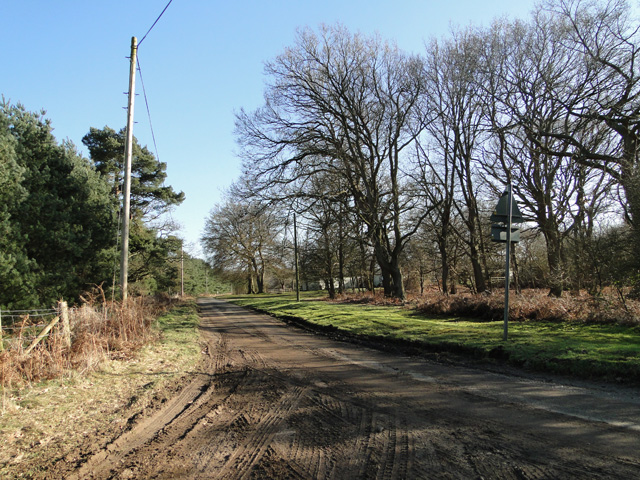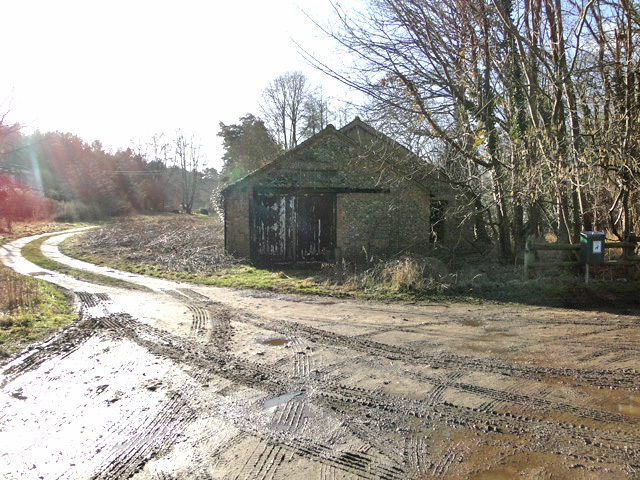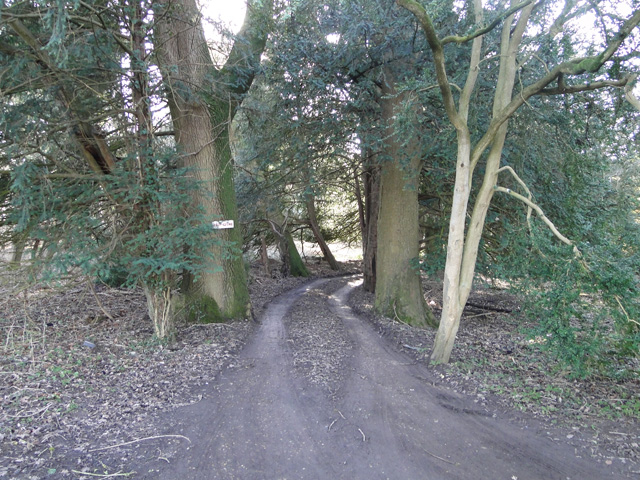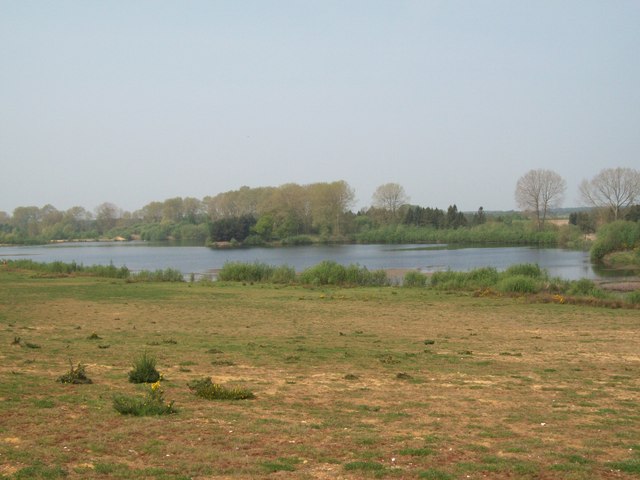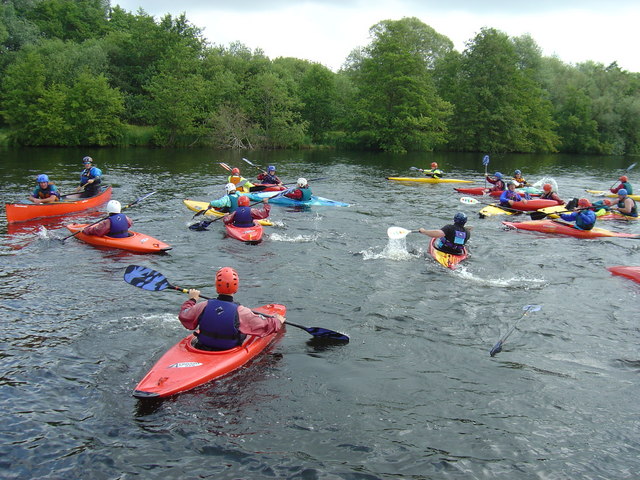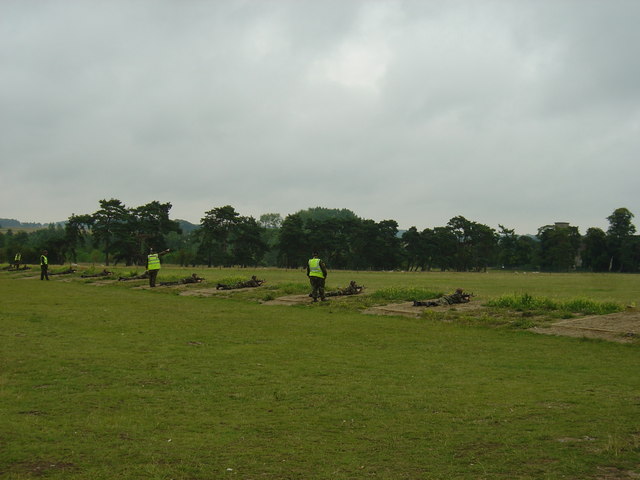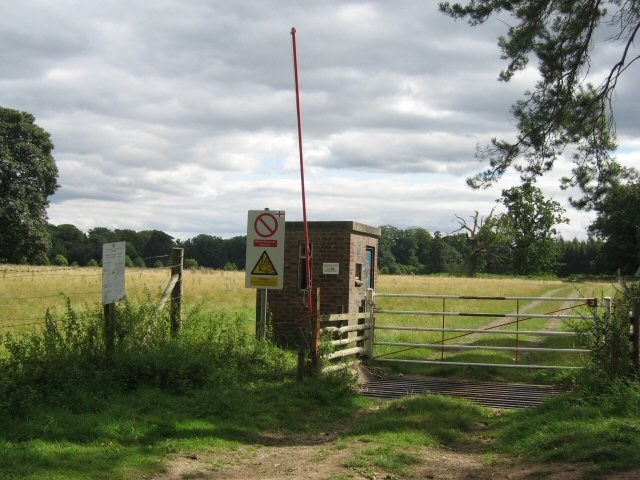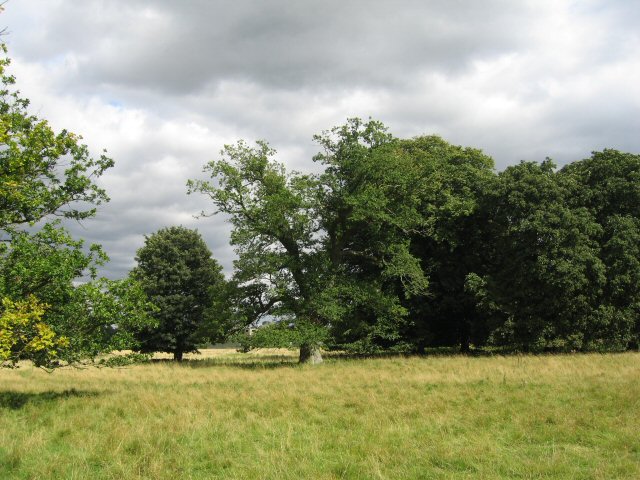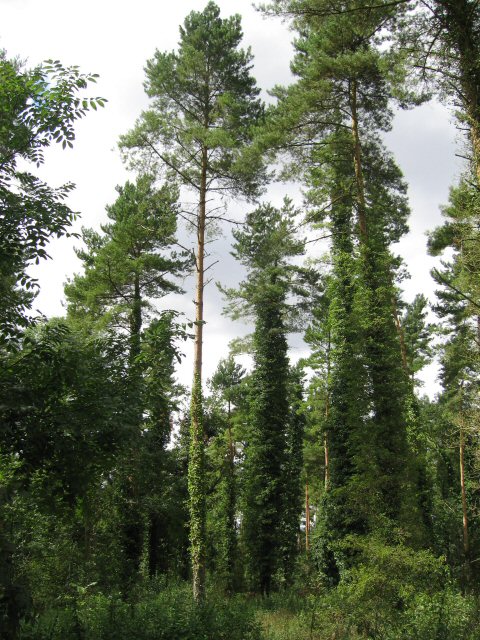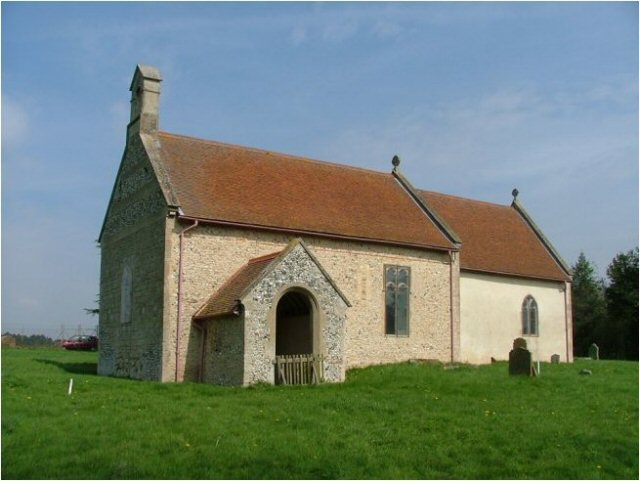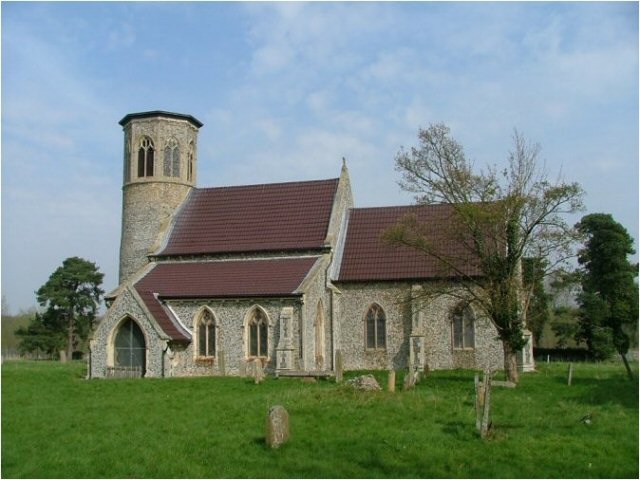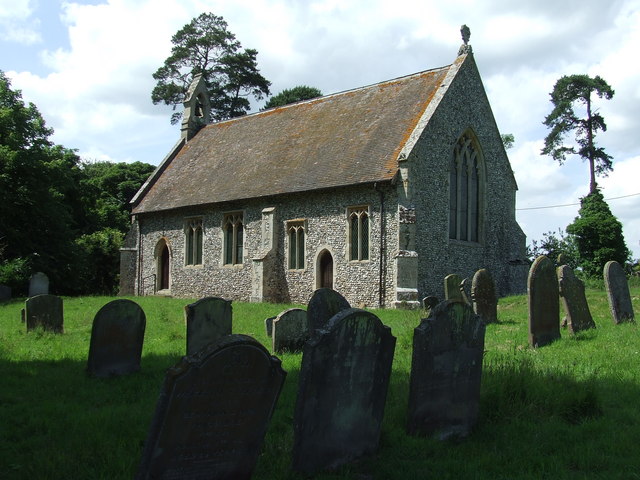Buckenham Tofts Park
Downs, Moorland in Norfolk Breckland
England
Buckenham Tofts Park
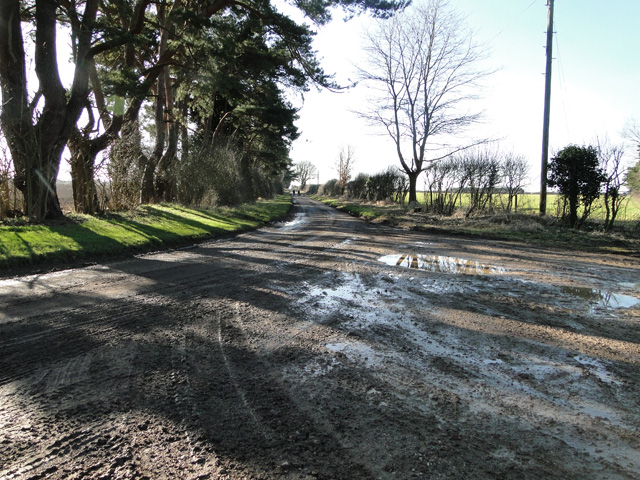
Buckenham Tofts Park is a picturesque natural reserve located in Norfolk, England. Covering an area of approximately 1,000 acres, it is characterized by its diverse landscape, which includes downs, moorland, and woodland.
The park is primarily known for its expansive downs, which offer breathtaking views of the surrounding countryside. These gently rolling hills are covered in lush grass and dotted with vibrant wildflowers during the summer months. The downs provide a perfect setting for leisurely walks, picnics, and family outings.
Adjacent to the downs, the moorland stretches across vast open plains. This area is home to a variety of wildlife, including several species of birds, small mammals, and insects. Birdwatchers flock to Buckenham Tofts Park to catch glimpses of rare and migratory birds that inhabit the moorland.
The park also boasts a beautiful woodland area, which is a haven for nature lovers and hikers. The dense forest is filled with towering trees, creating a serene and peaceful atmosphere. Visitors can explore the woodland through a network of well-maintained trails, providing an opportunity to immerse themselves in the tranquil beauty of nature.
Buckenham Tofts Park offers a range of recreational activities for visitors to enjoy. There are designated areas for camping and picnicking, as well as facilities for fishing and boating in the nearby lakes. The park is also a popular destination for nature photography, with its stunning landscapes providing an ideal backdrop for capturing memorable moments.
Overall, Buckenham Tofts Park is a natural oasis in Norfolk, offering a diverse range of landscapes and recreational opportunities for visitors to enjoy. Whether seeking a peaceful retreat or an outdoor adventure, this park provides a truly memorable experience in the heart of nature.
If you have any feedback on the listing, please let us know in the comments section below.
Buckenham Tofts Park Images
Images are sourced within 2km of 52.525659/0.71352788 or Grid Reference TL8495. Thanks to Geograph Open Source API. All images are credited.
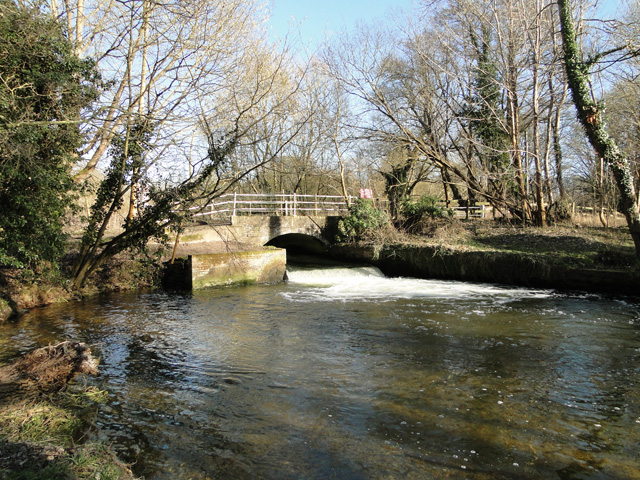
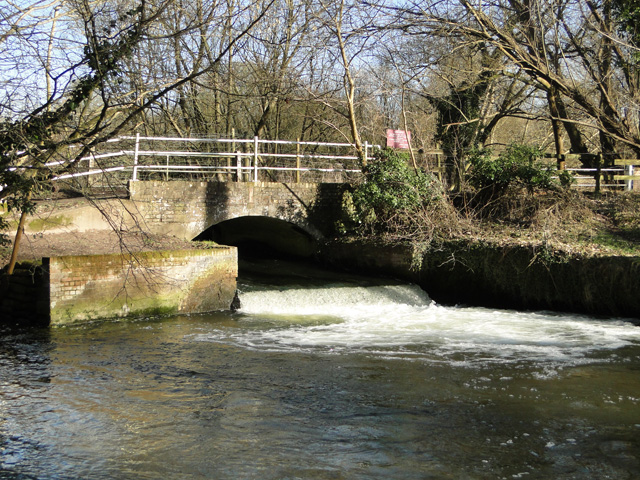
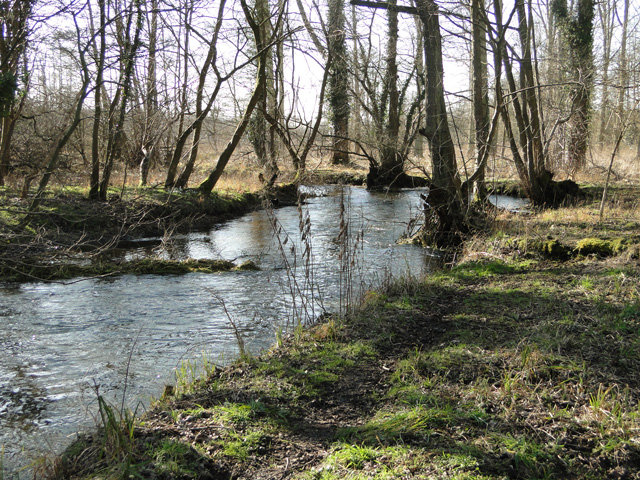
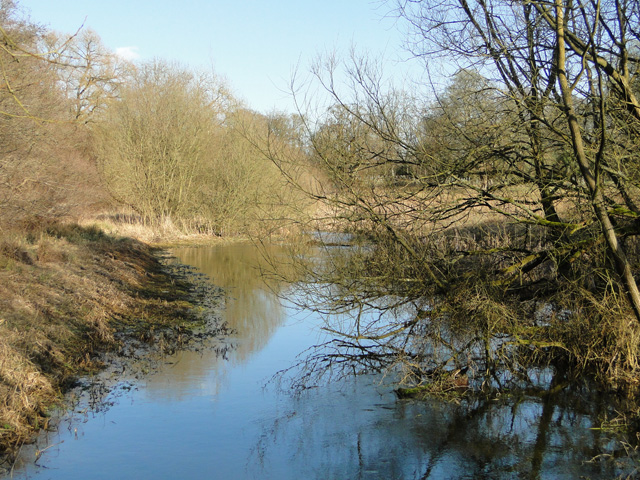
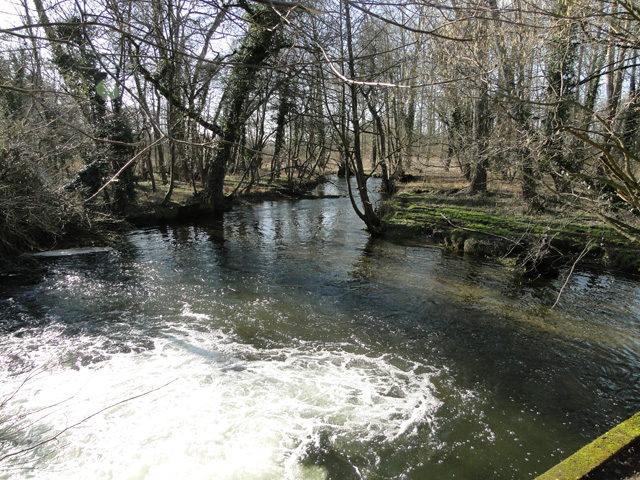
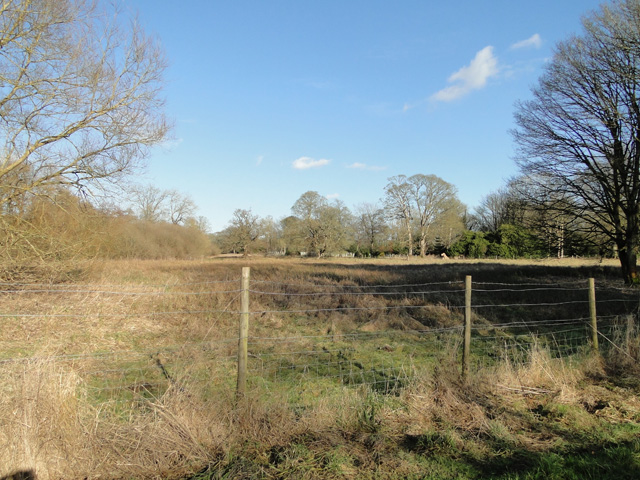
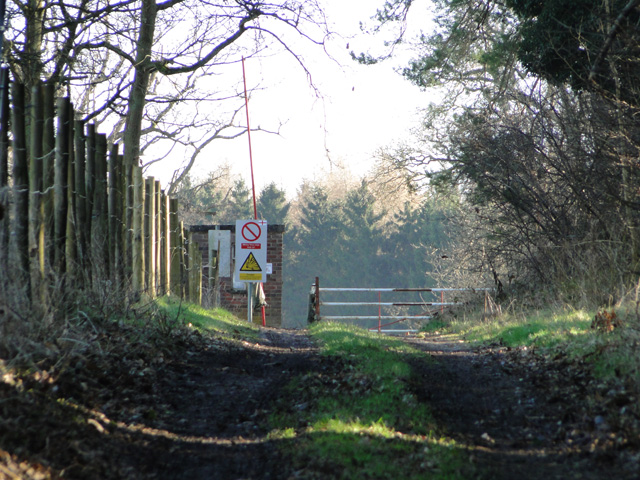
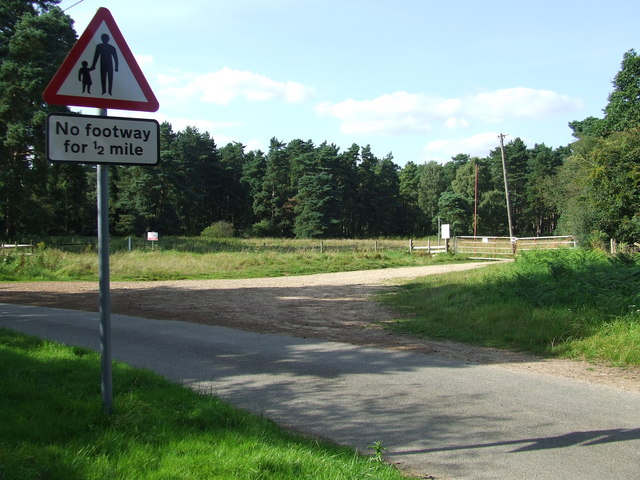
Buckenham Tofts Park is located at Grid Ref: TL8495 (Lat: 52.525659, Lng: 0.71352788)
Administrative County: Norfolk
District: Breckland
Police Authority: Norfolk
What 3 Words
///kindness.fleet.hexes. Near Mundford, Norfolk
Nearby Locations
Related Wikis
Buckenham Tofts
Buckenham Tofts (or Buckenham Parva; Little Buckenham) is a former civil parish, now in the parish of Stanford, in the Breckland district, in the county...
Langford, Norfolk
Langford is a village and former civil parish, now in the parish of Ickburgh, in the Breckland district, in the county of Norfolk, England. The village...
Stanford, Norfolk
Stanford is a deserted village and civil parish in the English county of Norfolk. It is situated 7+1⁄2 miles (12 km) north of the town of Thetford and...
Bodney
Bodney is a village and former civil parish, now in the parish of Hilborough, in the Breckland district, in the county of Norfolk, England. In 1931 the...
Lynford Hall
Lynford Hall is a neo-Jacobean country house at Mundford, near Thetford in the English county of Norfolk. It is now a hotel. == Location == The Lynford...
Stanford Training Area
The Stanford Training Area (STANTA), originally known as the Stanford Battle Area, is a British Army training area situated in the English county of Norfolk...
West Tofts
West Tofts is a deserted medieval village within the Stanford Battle Area, an army training area in the English county of Norfolk. It is in the civil parish...
Stanford Training Area SSSI
Stanford Training Area SSSI is part of the British Army Stanford Training Area. It is a 4,678-hectare (11,560-acre) biological and geological Site of Special...
Nearby Amenities
Located within 500m of 52.525659,0.71352788Have you been to Buckenham Tofts Park?
Leave your review of Buckenham Tofts Park below (or comments, questions and feedback).
